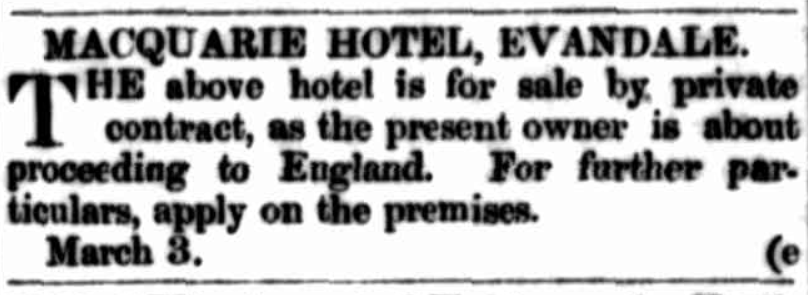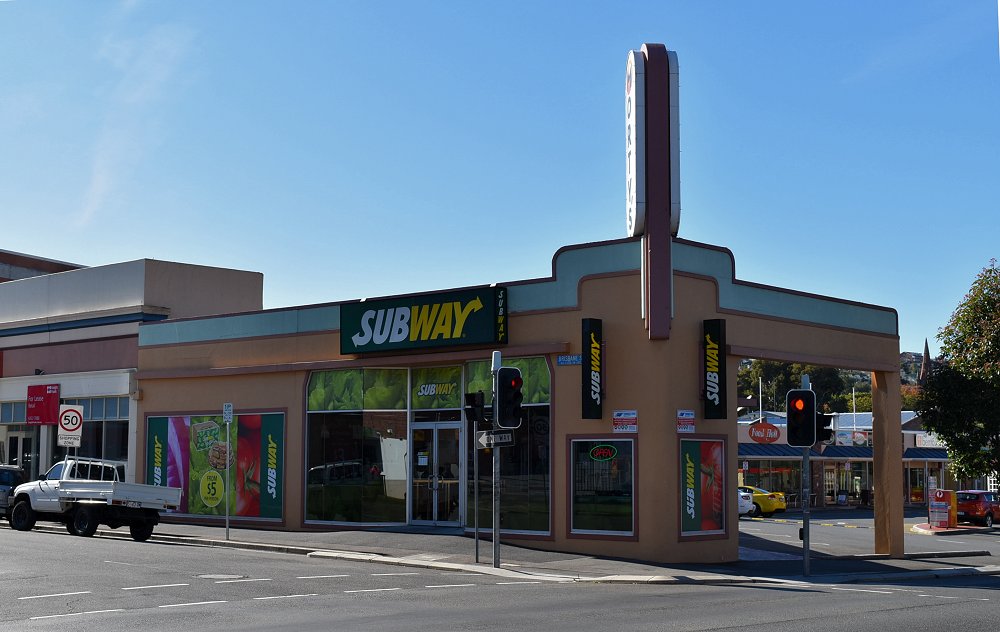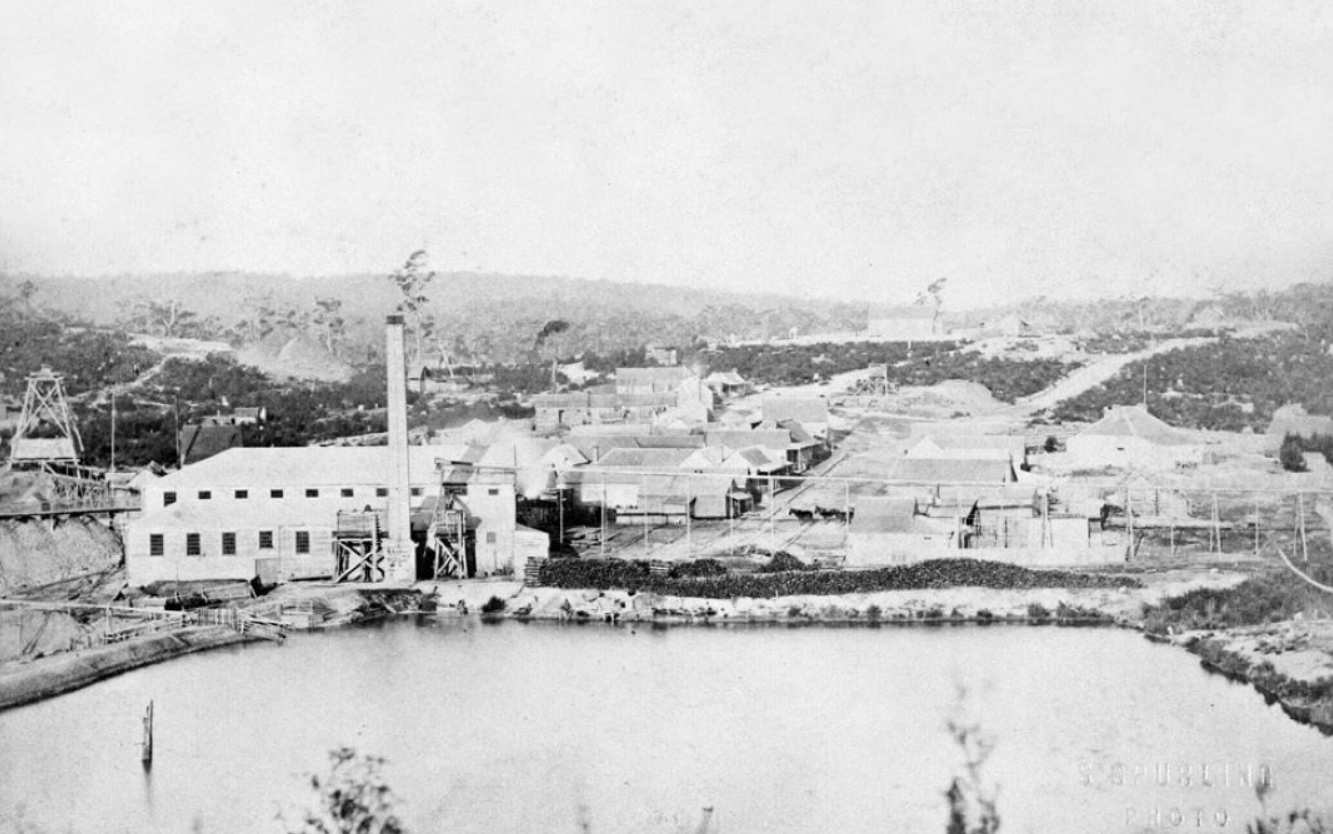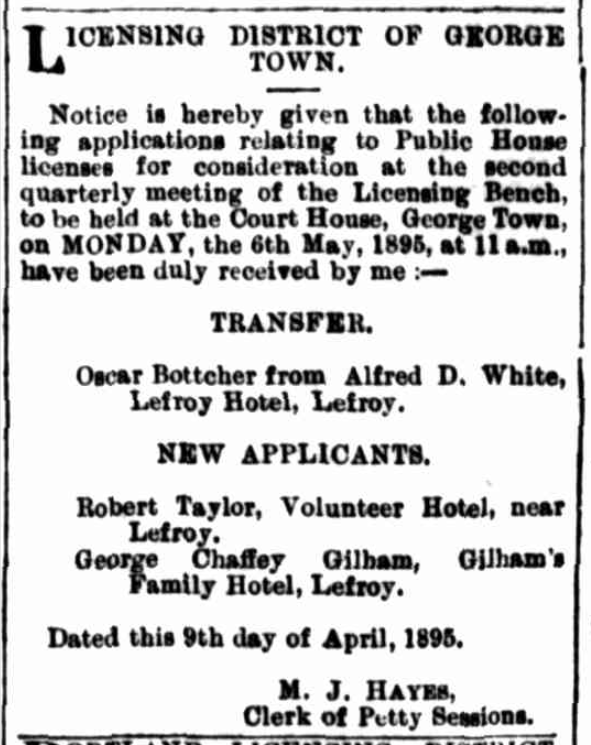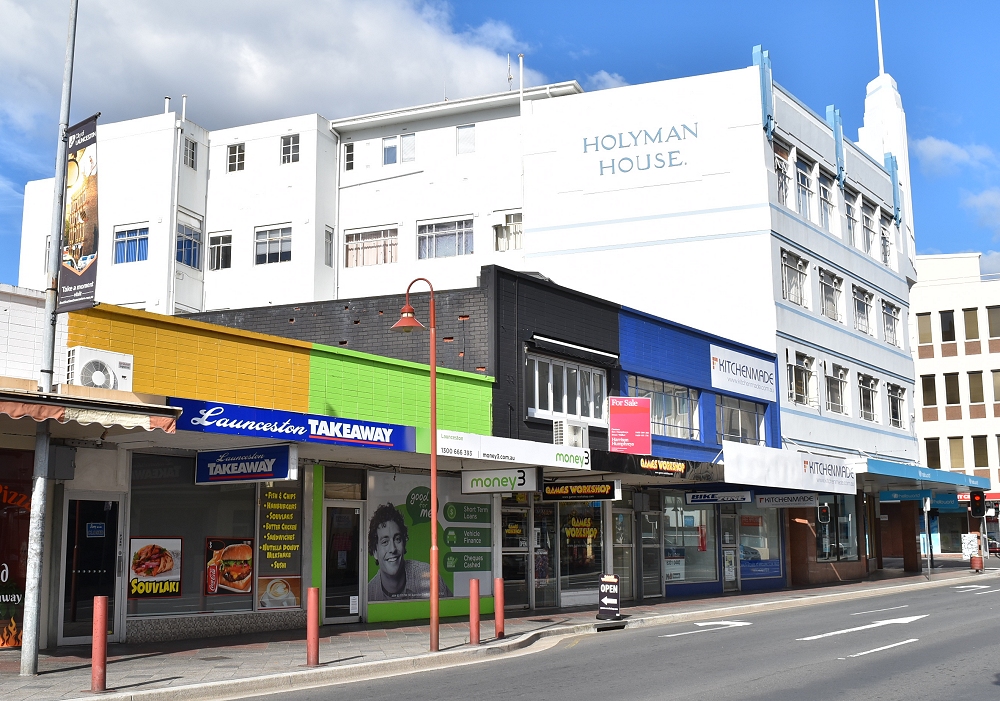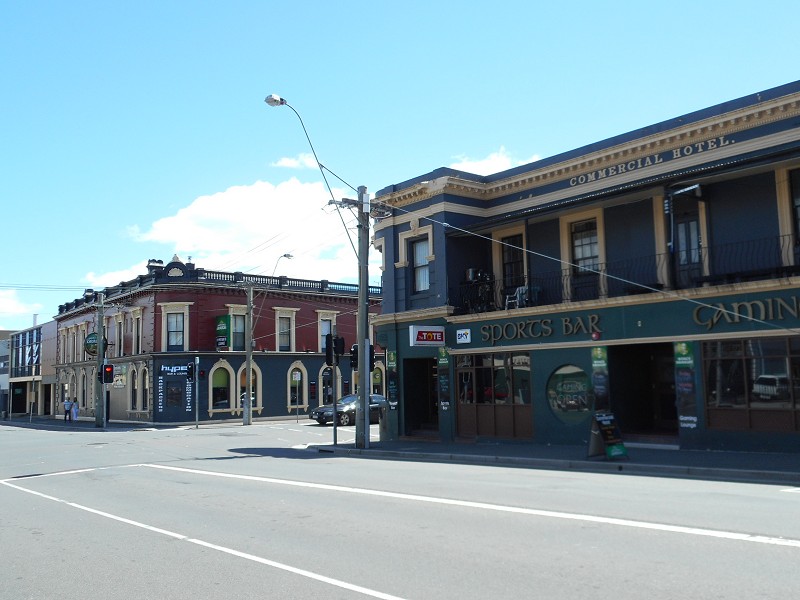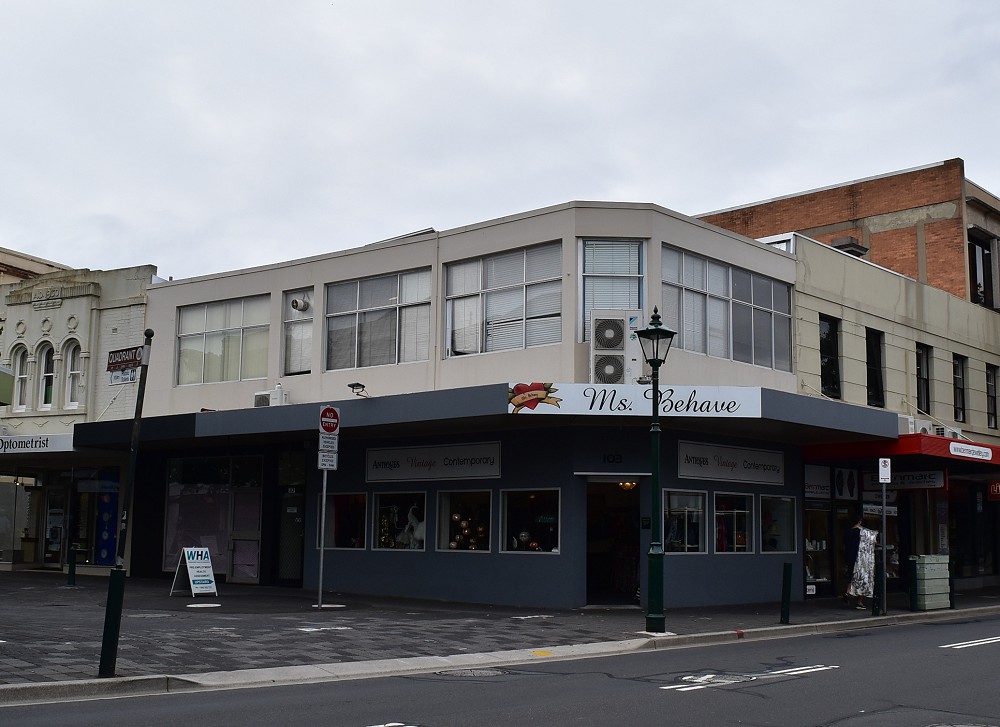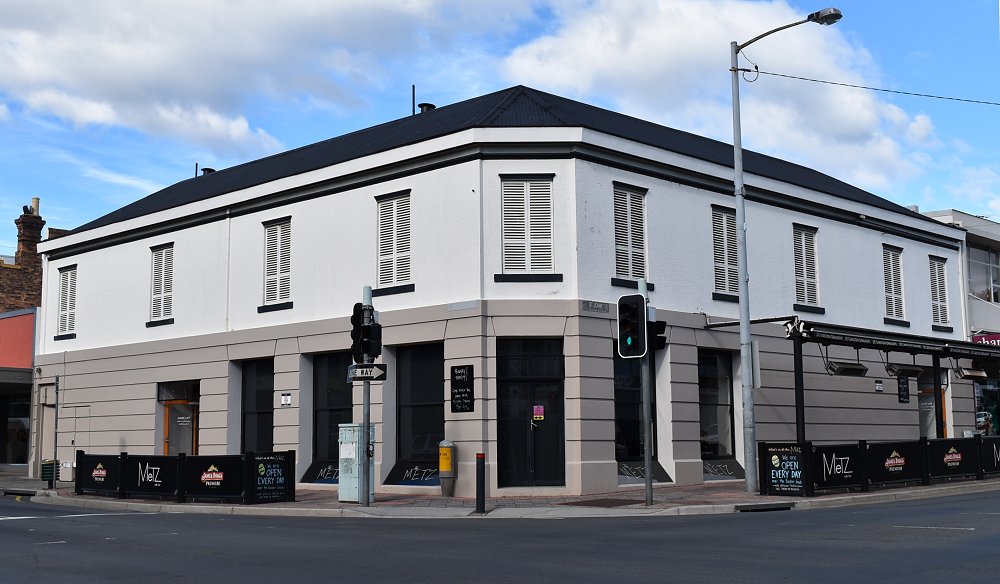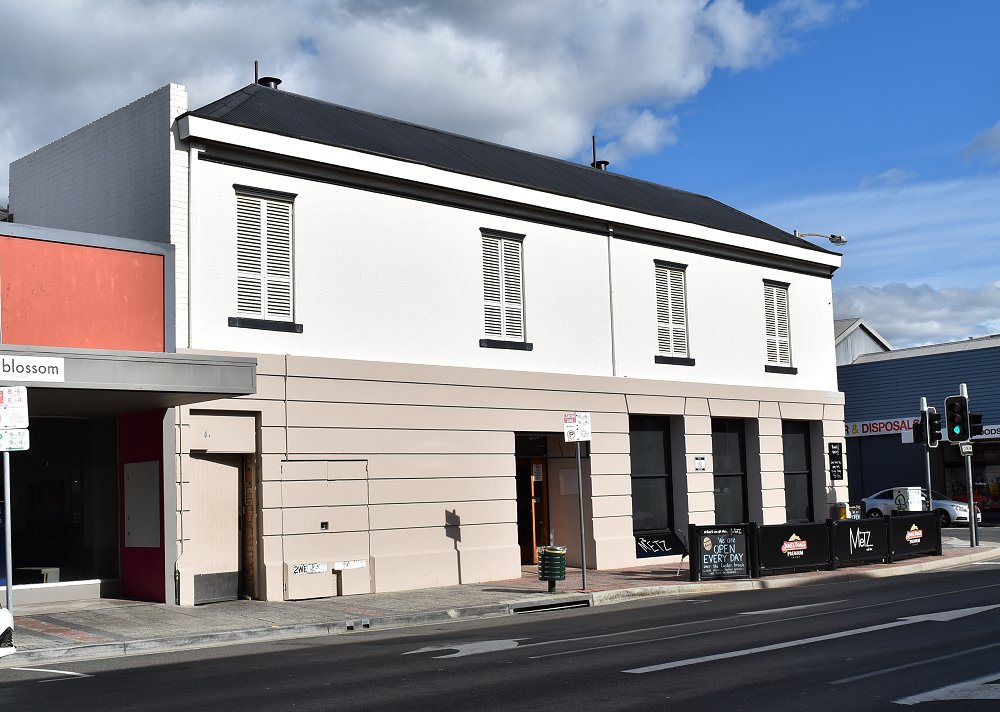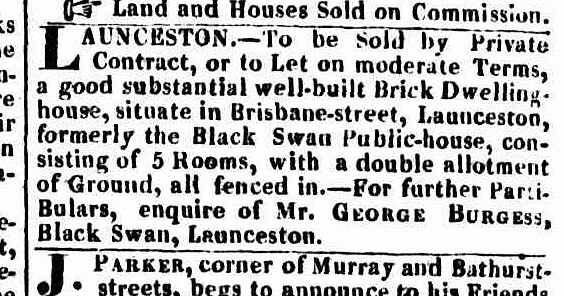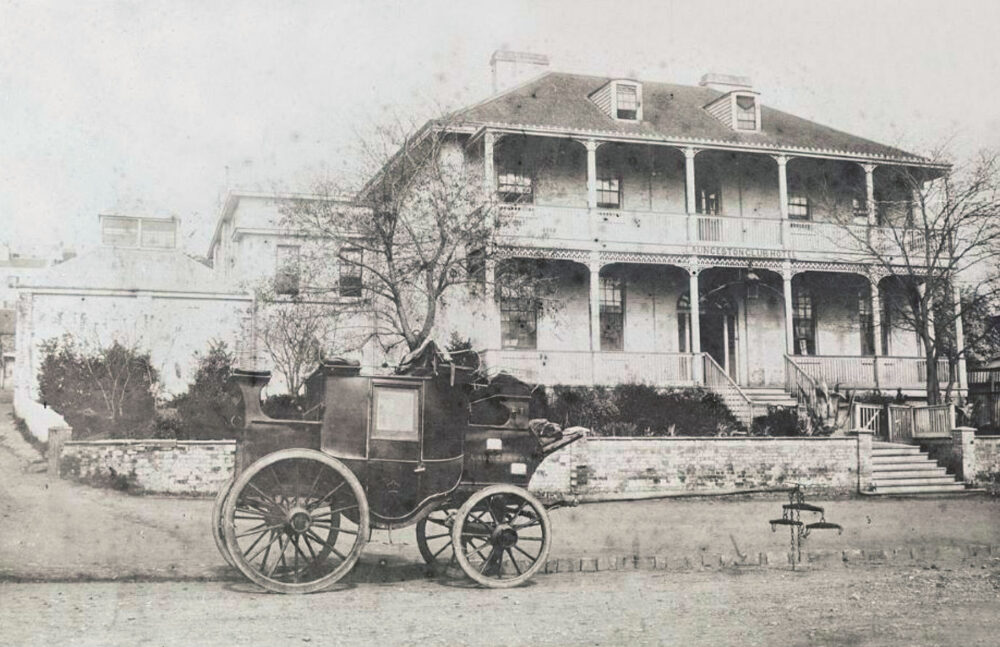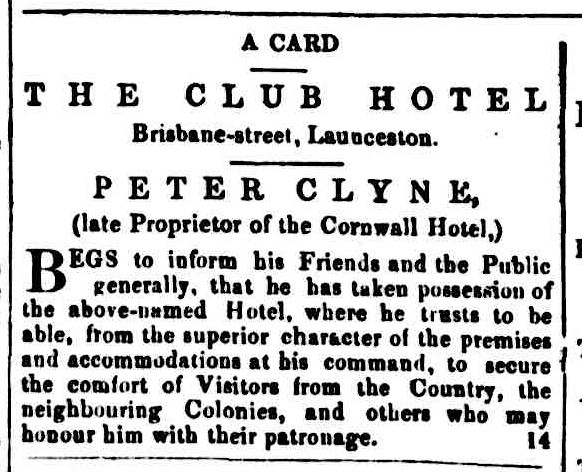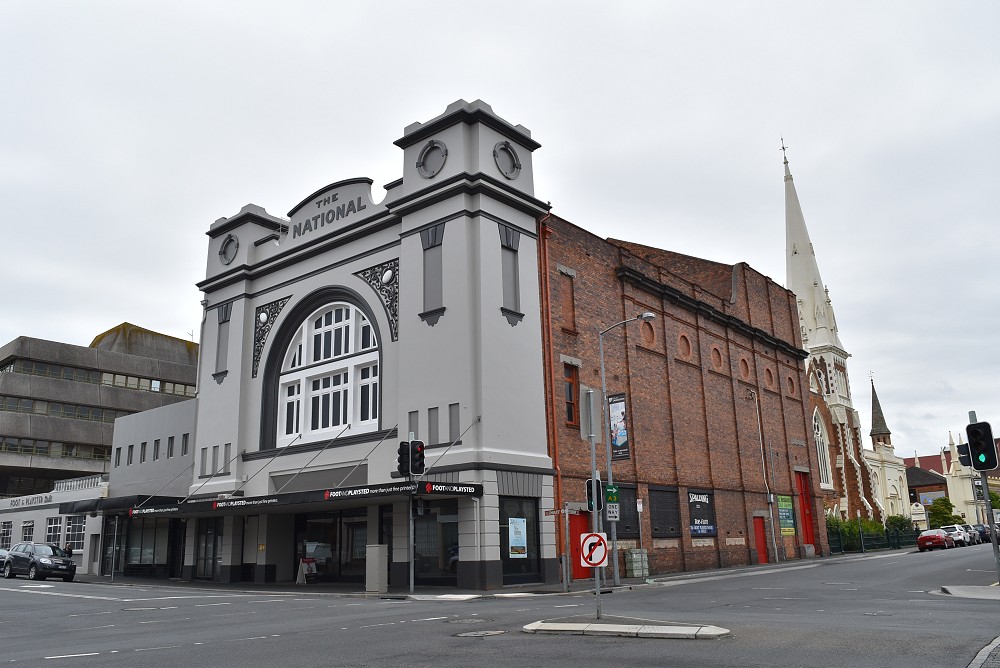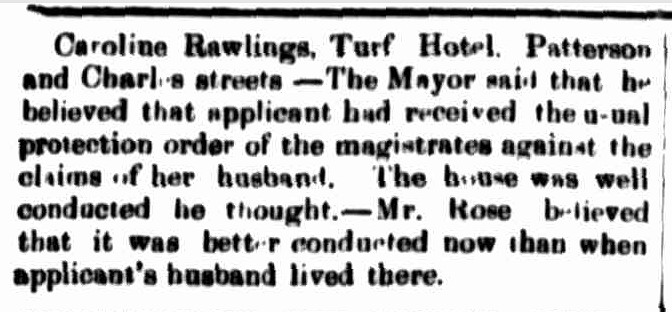cnr Macquarie & Barclay Streets, Evandale
1861-68 Ann Richards, Macquarie Hotel, Evandale
1871-73 Philip Mullane, Macquarie Hotel, Evandale.
1875-6* Richard Chugg, Macquarie Hotel, Evandale
*From assessment rolls
IMPROVEMENTS AT EVANDALE.—Mr. Richards is erecting at Evandale a building for an hotel, at the corner of Cambock and Macquarie-streets, which will not only be an ornament to the township, but also a great acquisition to travellers passing to and from the White Hills; and should a license be granted it will be the means of the township improving and extending in that locality. The proprietor has spared no expense in order to meet the requirements of the inhabitants, having attached a very large room for holding meetings, &c.
Launceston Examiner, 25 October 1860
EVANDALE LICENSING MEETING — At the licening meeting at Evandale a few days since, all the old licenses were renewed, and a new license was granted to Mrs. Richards for a house to be called the “Macquarie Hotel.”
Launceston Examiner, 17 December 1861
